EARTHQUAKE

Earthquake
These are rapid underground tremors caused by a series of seismic vibrations passing through the Earths rocks and appearing on the surface of the planet.
Intensity
the magnitude of the seismic effect at the observation point, measured in points on a 12-point scale MSK -64.
Earthquake Magnitude
a quantitative characteristic (on the Richter scale) of seismic energy emitted by a source, proportional to the decimal logarithm of the amplitude of the largest ground vibrations recorded during the passage of seismic waves, normalized to the epicentral distance.
10 Basic Steps for an Earthquake
- KEEP CALM, DONT PANIC!
- Do not use elevators or stairs during shocks.
- Move away from furniture, windows, chandeliers.
- Find a reliable, strong shelter “triangle of life”: if you are on the upper floors, take a place in the corner of the main walls.
- Turn off water, gas, electricity.
- Leave the room (in multi-storey buildings - after the shaking stops).
- Take an emergency suitcase (prepared in advance).
- Stay away from power lines, buildings, trees.
- Be prepared for aftershocks.
- Provide assistance to the elderly and people with disabilities.
HURRICANE, STORM, TOrnado
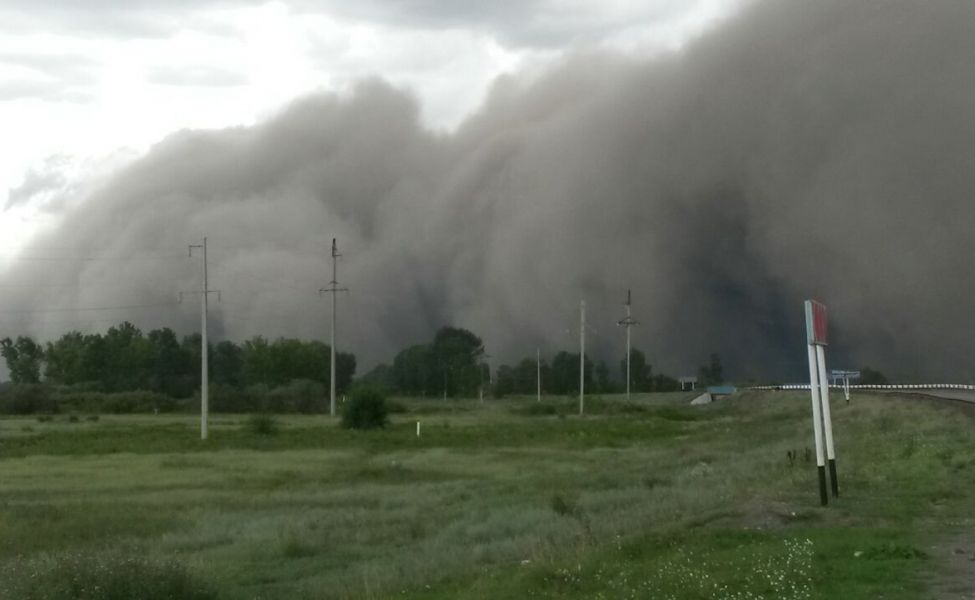
A hurricane
is a large atmospheric vortex with wind speeds of up to 120 km/h, and in the surface layer – up to 200 km/h.
A storm
is a long, very strong wind with a speed of more than 20 m/s, usually observed during the passage of a cyclone and accompanied by strong waves at sea and destruction on land.
A tornado
is an atmospheric vortex that occurs in a thundercloud and spreads downward, often to the very surface of the Earth in the form of a dark cloud sleeve or trunk with a diameter of tens and hundreds of meters.It does not exist for long, moving along with the cloud.
RULES OF CONDUCT DURING THE ONSET OF HURRICANES, SNOW AND SAND STORMS, TORNADOES:
- If you are in an open area where there are no buildings, railway embankments, roadside ditches, gullies, gullies and ditches can help you. Find any recess in your path, lie face down on its bottom, try to press yourself as tightly as possible to the ground.
- If you are in the house, quickly close all the windows and sashes, pull down the blinds and curtain the windows. Vases with flowers should be removed from the window sills beforehand. During a storm, it is better to stay away from windows, otherwise you can get injured by the glass if the window breaks.
- Doorways, niches, and built-in closets can be considered relatively safe places in the house. During a storm, tornado or hurricane, it is prohibited to use any electrical appliances.
- If youre caught outside in bad weather, watch out for downed or damaged trees, as well as swaying banners, signs and shutters.
- If the storm does not come alone, but together with a thunderstorm, beware of being struck by lightning. Try to find a safe shelter where you can hide.
- Inner rooms and corridors are the best hiding place. The central staircases are suitable, but the elevators are not. If the building is de-energized, you will remain locked up.
FIRE OF NATURAL CHARACTER
Fire is an uncontrolled combustion process, accompanied by the destruction of valuables and creating a danger to the life and health of people, farm animals, plants and the environment.
RULES OF CONDUCT IN CASE OF FIRE:
- Call 112 (Emergency department of Almaty).
- Try to extinguish the fire with dense material, earth, sand, knock down the flame with a bunch of twigs or branches of deciduous trees, pour water, etc.
- After putting out a fire, do not leave until you are sure that the fire has not flared up again.
- If the fire is strong, move away from it, rather moving perpendicular to the direction of its spread.
- If it is impossible to leave, and there is a pond nearby, enter it and cover yourself with wet clothes
- In an open space, crouch down to the ground, where the air is less smoky.


MUDFLOW
is a stream of great destructive force, consisting of water, sand and stones. It is capable of destroying buildings, roads, communication networks and structures, destroying gardens, flooding arable land, and causing the death of people and animals.
RULES OF CONDUCT FOR MUDSLIDES:
- Call 112 (Emergency department of Almaty).
- The most effective way to protect against mudflow is evacuation.
- Before evacuation, for the safety of your home, you should turn off the water, electricity, and extinguish the burning heating stoves.
- Upon receiving a warning about the beginning of evacuation, it is necessary to quickly collect and take with you passports and other necessary documents, money and valuables, a first-aid kit (medicines), a set of outerwear and shoes for the season, warm linen, toiletries, and a supply of food for several days.
- All evacuees must arrive by specified routes (usually the shortest) by a specified time at the announced assembly point for registration and departure to safe areas.
- When you are in the forest or on tourist routes, hearing the noise of an approaching mudflow, you should immediately climb up the drain from the bottom of the ravine, at least 50-100 m.
- At the same time, it must be remembered that life-threatening stones can be thrown from a roaring stream over long distances.
LANDSLIDE
A landslide is the displacement of rock masses along a slope under the influence of its own weight and additional load.
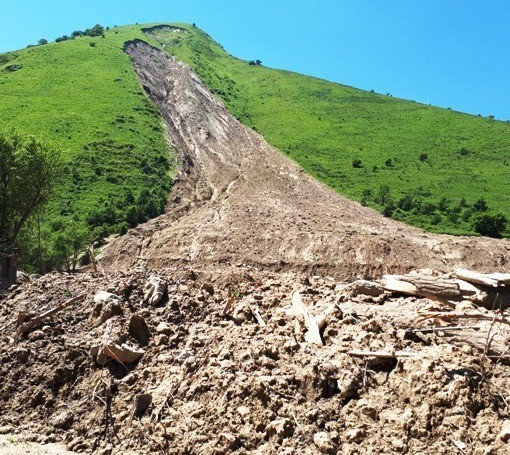
RULES OF CONDUCT IN CASE OF A LANDSLIDE:
- Call 112 (Emergency department of Almaty).
- Disconnect electrical appliances, gas appliances and water mains, prepare for immediate evacuation according to pre-planned plans.
- Depending on the speed of landslide displacement detected by the landslide station, act in accordance with the threat.
- If the displacement rate is low (meters per month), act according to your capabilities (move buildings to a predetermined location, remove furniture, belongings, etc.).
- At a landslide displacement rate of more than 0.5 - 1.0 m per day, evacuate in accordance with a pre-worked plan.
- When evacuating, take with you documents, valuables, and, depending on the situation and the instructions of the administration, warm clothes and food.
- Urgently evacuate to a safe place and, if necessary, help rescuers dig out, extract victims from the collapse and provide assistance to them.
SAFETY IN MOUNTAIN HIKES
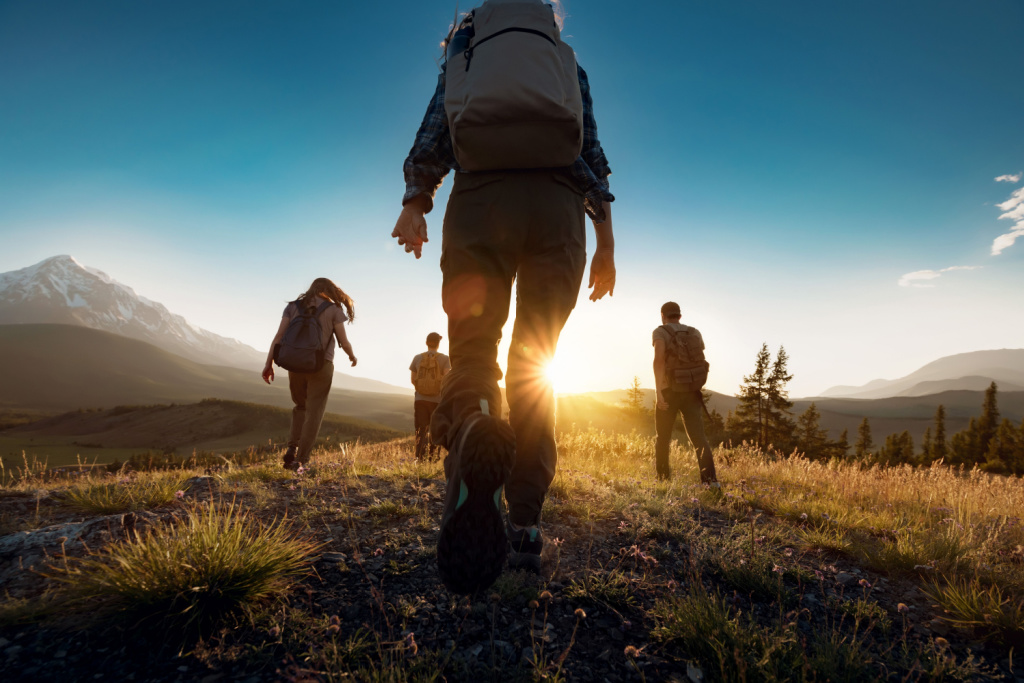
- If you went alone to the mountains, be sure to tell your close ones the route.
- If you went to the mountains with a company, then move as a group and do not split up.
- Stay on the trail.
- Move at an optimal pace that suits the participants skill level and terrain conditions.
- Observe the regime of assignment, rest, nutrition, drinking regime, ensure good thermoregulation of the body.
- Maintain high discipline and a sense of mutual help in the group.
- Dont take shortcuts at the expense of safety.
- In case of heavy rain or hail, wait out the bad weather in a sheltered place
- Be sure to protect your skin and eyes from the sun. Take sunscreen, glasses and a hat with you.
- When travelling in the mountains, do not consume alcoholic beverages.
- Avoid climbing and descending slopes and chutes with loose stones
- Dress according to the weather and take extra warm clothes and a raincoat with you.
- If the weather worsens, go downhill rather than uphill.
- You should not make crossings in poor visibility or at night.
- In winter, it is important to avoid hypothermia.
MAN-MADE EMERGENCIES
are inextricably linked with human life, therefore the main cause of such dangerous situations is the intentional or unintentional actions of people.
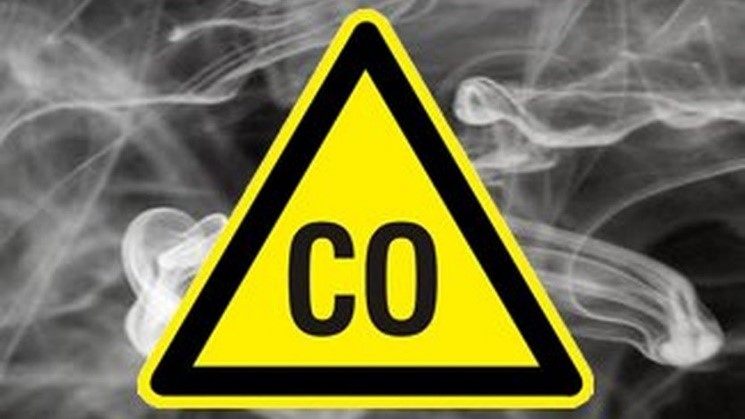
CARBON MONOXIDE
Carbon monoxide is an odorless, colorless or tasteless gaseous compound that is very toxic and dangerous to human health. The most common sources of carbon monoxide are: houses with cooker heating and fireplaces, bathhouses and saunas, premises where gas equipment is used (cookers, flow water heaters, heating boilers), garages with poor ventilation, and fire is also a major source of carbon monoxide.
RULES OF CONDUCT IN CASE OF POISONING:
- Call 112 (Emergency department of Almaty).
- Cut off the gas supply, if possible;
- Break contact with the gas: remove or drag the victim out of the gassy room, if possible to the street;
- Call an ambulance at 103.
- Provide the victim with access to oxygen by unbuttoning his clothes and opening a window;
- Give him plenty of water (water without gas, all kinds of decoctions, tea, milk);
- If the person is unconscious, lay him on a flat surface, raise his legs slightly above his head, rub his chest and limbs to improve blood circulation;
- In case of vomiting, prevent tongue retraction and accumulation of vomit masses by turning the victims head to the side;
- If there are signs of clinical death (no breathing, no reaction to light and no pulsation in the arteries), perform cardiopulmonary resuscitation (artificial respiration and indirect cardiac massage) until the arrival of the medical team;
- After respiration is restored, lay the victim on his side and monitor his breathing until the arrival of the medical team.
MAN-MADE FIRE
Fire is an uncontrolled combustion process accompanied by the destruction of valuables and endangering the life and health of people, farm animals, plants and the environment.
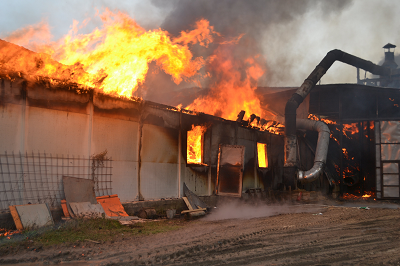
RULES OF CONDUCT IN CASE OF FIRE:
- Call 112 (Emergency department of Almaty
- Cover your mouth and nose with any cloth, preferably damp
- Move away from the fire
- Do not use the elevator
- Do not break windows to prevent excess oxygen from entering
- Do not extinguish flammable liquids (gasoline, kerosene) and connected electrical appliances with water.
Indoors, in a high-rise building, or in a crowded place.
- Call 112 (Emergency department of Almaty).
- If the fire is small, try to deal with the fire yourself using all available means: fire extinguishers, any dense fabric, sand, soil from flower pots, water, and so on.
- If the electrical wiring insulation burns, turn off the power supply in a special panel
- Immediately notify neighbors or employees in other offices about the incident and initiate evacuation
- Turn off electrical equipment
- If possible, leave the premises, closing the doors behind you.
- Help children and elderly people go outside
- If there is smoke in the entrance or corridor, crawl towards the exit
- Get to a safe place
- If it is not possible to leave the room through the stairs, seal the front door from the inside with a wet cloth to prevent smoke from entering, then go out onto the balcony and wait for the fire department to arrive
- Close windows and doors to prevent drafts from fanning the flames.
In a car or public transport
- Call number 112 (Almaty Emergency Situations Department).
- Immediately notify the driver of the fire.
- Stop the car, turn off the engine, put on the brake
- Leave the car, use escape hatches and side windows in public transport
- Try to put out the fire using a fire extinguisher, sand or snow before firefighters arrive
- If there is a fire in the hood, do not open it without a fire extinguisher in your hands (the flow of oxygen during opening will increase the flame)
- Move away from vehicles, as the fuel tank may explode
ACCIDENT
Accident - destruction of structures and (or) technical devices used at a hazardous production facility, unexpected failure of equipment or mechanisms, destruction of buildings or infrastructure, as a result of which the further functioning of the facility becomes impossible. Uncontrolled explosion and (or) release of hazardous substances. Experts divide into several types based on object characteristics and depending on the nature of origin.
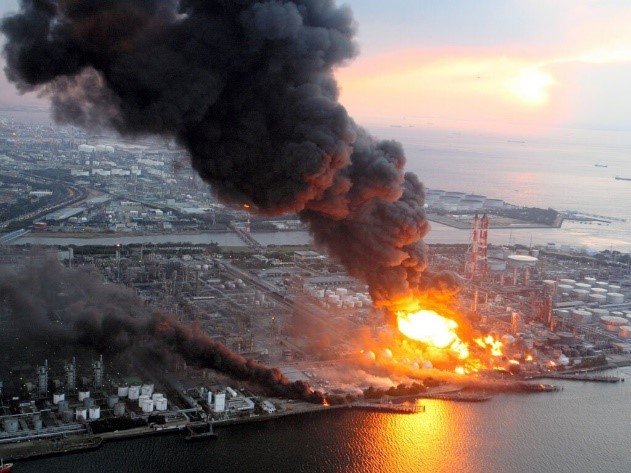
- transport accidents and disasters
- fires, explosions, bomb threats
- accidents with the release (threat of release) of chemically hazardous substances
- sudden collapse of buildings and structures
- accidents in communal life support systems
TERRORISM
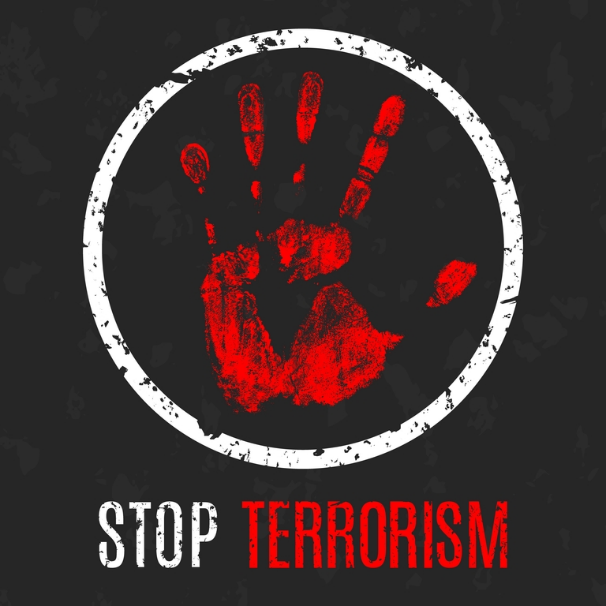
Terrorism is one of the variants of political struggle tactics associated with the use of ideologically motivated violence. The essence of terrorism is violence for the purpose of intimidation. The subject of terrorist violence is individuals or non-governmental organizations.
THE BASIC PRINCIPLES OF COUNTERING TERRORISM AND EXTREMISM:
- ensuring the rights and freedoms of man and citizen;
- legality;
- inevitability of punishment;
- the integrated use of political, informational and propaganda, socio-economic, legal, special and other measures to counter terrorism and extremism;
- priority of preventive measures;
- confidentiality of information;
- minimisation and/or elimination of consequences;
EMERGENCY BAG
List of necessary things for the "alarm suitcase". Earthquake survival kit from Almaty Emergency Situations Department:
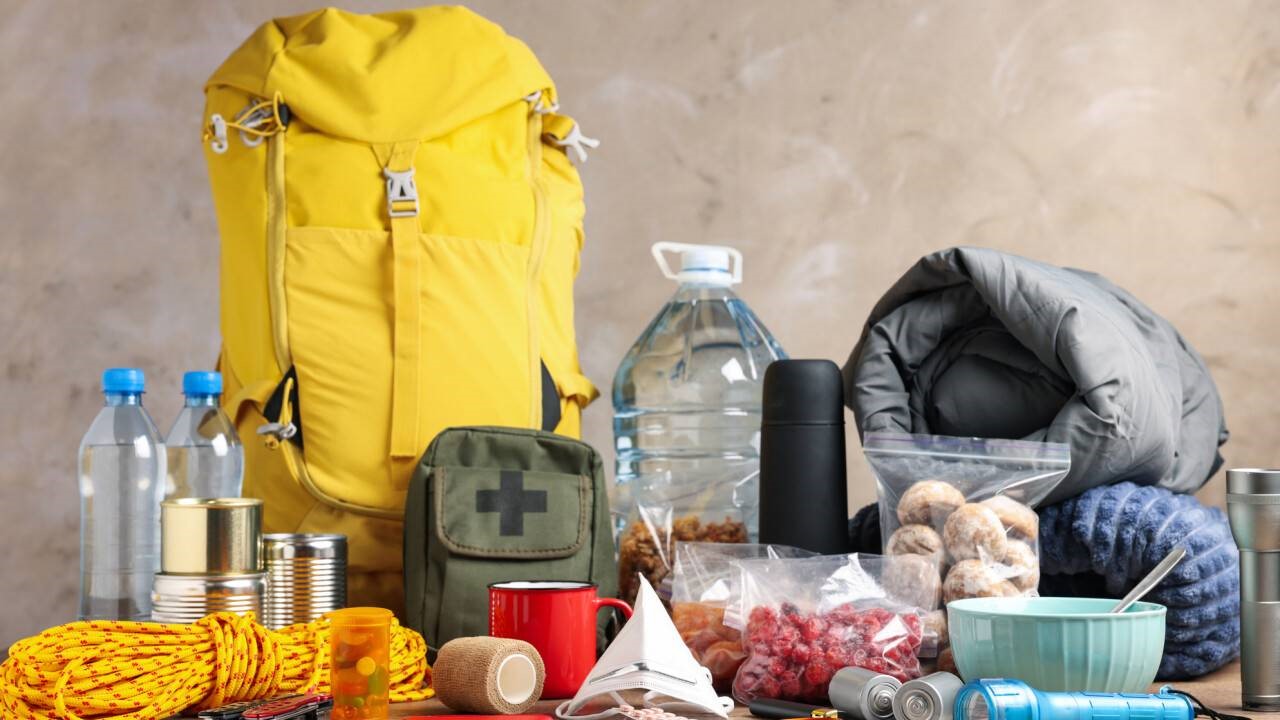
EVACUATION
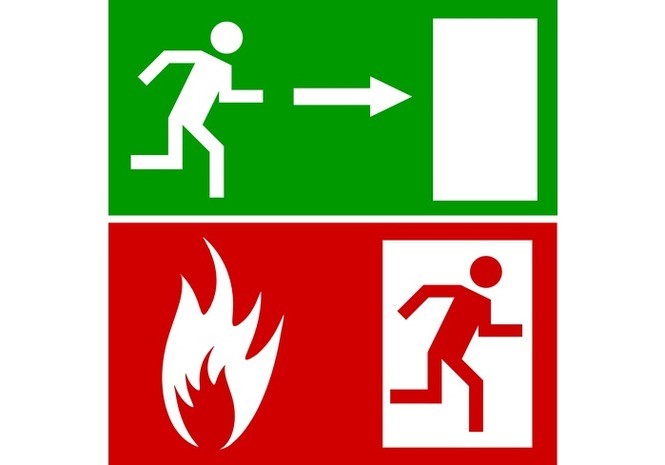
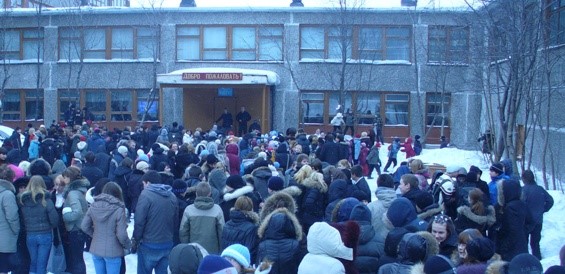
One of the main ways to protect the population from emergencies is evacuation. In certain situations (for example, in the case of catastrophic flooding, long-term radioactive contamination of the area) this method is the most effective. Evacuation of the population is a complex of measures on organised removal (withdrawal) of the population from the zones of emergency or probable emergency of natural and man-made character and its short-term accommodation in safe (outside the zones of action of the striking factors of the emergency source) areas prepared in advance according to the conditions of primary life support. Evacuation shall be considered completed when the entire population subject to evacuation has been withdrawn beyond the boundaries of the zone of action of the impact factors of the emergency source to safe areas.